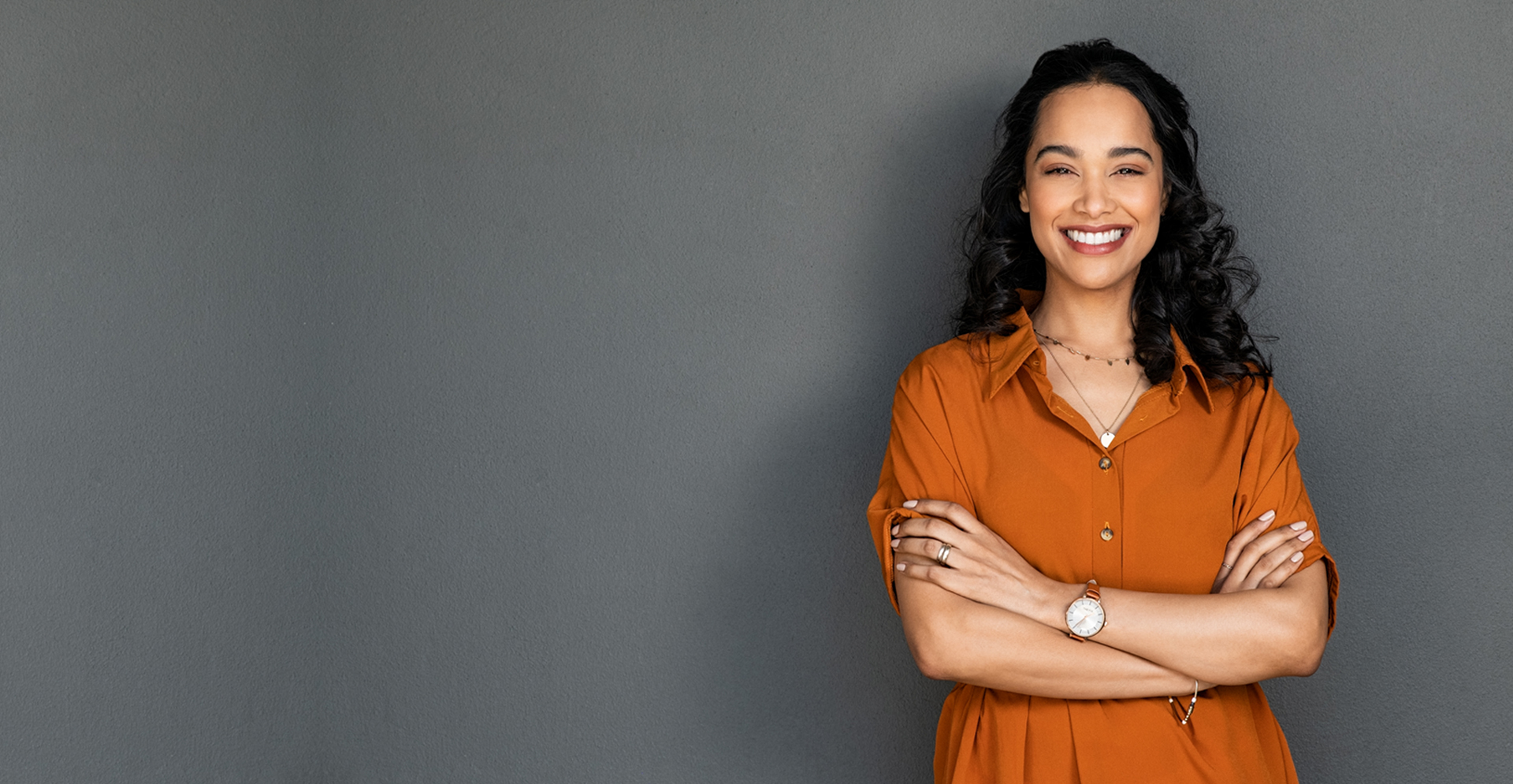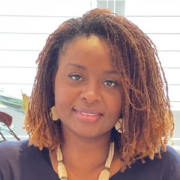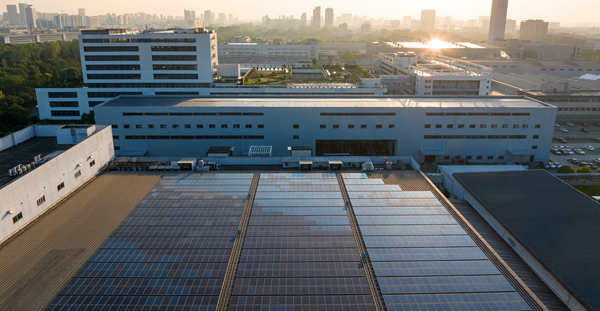- Arcadis
- International Women's Day
- Women in Leadership
- Leadership
- Diversity and Inclusion
International Women's Day is celebrated annually on March 8th. It is a time when people use hashtags and imagery, share anecdotes and quotes to honor and celebrate women. However, it is essential to understand the significance of this day and take into consideration what needs to be done to bring about real change.
International Women’s Day: So what?
We use hashtags and imagery, share anecdotes and quotes to celebrate International Women’s Day annually on March 8. But do we take a second to really consider the “so what?”. So what, that for between 2 and 3 months of the year women across the world effectively work for free due to global pay gaps. So what, that in the US this translates to an annual income loss for women across industries of over $9,000.
For me, International Women’s Day is a sentiment, not a moment in time. It’s an attitude towards the ways in which we’re committed to real, sustainable change. It’s the acknowledgement that we all have a part to play.
An Intersectional Women’s Day
When we talk about International Women’s Day, we need to reflect on who we include in our considerations, conversations, and in our commitments. In celebrating the achievements and successes of the women around us, what un-inclusive experiences are we hearing back and what are we/you/I going to personally do about it? Yes, I really am asking you – what are you doing about the less than gracious lived experiences women still face. I sometimes find that without a considered effort the risk is that we see our own unconscious biases reflected within the stories that we choose to amplify. For International Women’s Day to be for all, I am asking that we commit to two things:
- consistently include rich and diverse voices in the dialogue
- be explicit for accountability’s sake about what you are actually doing to change the narrative.
The genius Audre Lorde coined ‘Intersectionality’ as not only a phrase, but a mindset. Since then, we’ve seen it elevated as a diversity and inclusion focus point, and not before its time. Intersectionality is the acknowledgement that our characteristics are not often limited to one ‘group’ or another. In order to be truly inclusive, it’s important that we develop our awareness and understanding around the fact that we all have different layers of experiences. Each of those layers carries different implications when it comes to how we engage with others and our work, and therefore each of those layers needs to be considered when we talk about creating more equitable environments.
I’ll use myself as an example – I am a cis-woman. I am a black cis-woman. I am a black cis-woman of faith. I am a black cis-woman of faith with neurodivergent connections within my life. I could go on. Do I often see some of those wider/deeper aspects of my character reflected during International Women’s Day celebrations? No, I don’t.
In order to fully embrace inclusive cultures, we need to more actively promote and talk about the intricacies of intersectionality not only as we celebrate days like International Women’s Day, but as we develop our policies and practices, as we recruit and promote, as we lead our teams.
Leading from the front
Let’s take stock. Women’s representation in the construction industry is on the up. The UK saw a leap in representation from 12.8% to 20% in two years, and the rate in the US inched up from 9.1% to 11% in five years. We are making progress, and with progress comes profit. Mckinsey’s ‘Diversity Matters’ reports continue to demonstrate – gender diverse companies consistently outperform their counterparts by 15%.
Whether the commercial draw associated with more diverse teams is just becoming too hard to ignore, or whether progress can be attributed to greater maturity in how our businesses are approaching diversity – does it matter if we’re moving the marker?
What matters to me is that we have ownership and accountability – transparent commitments and demonstrable actions – and these need to come from leadership levels. If your workforce believes that their senior leaders are invested (mentally and financially) in the benefits of inclusive cultures, they are more empowered to reflect those messages and behaviors in their day-to-day roles and relationships.
Consider the impact on hiring managers as an example here - they are inherently required to deliver at pace and within traditionally rigid criteria. Thinking past the direct connection and better understanding the communities that we collectively serve allows us to educate our clients on the impact of their choices when it comes to talent. If our client leads feel equipped to take a breath, have uncomfortable conversations regarding client requirements, and advocate for more progressive approaches to recruitment, we’re not only benefiting our own organizations but those of our clients too.
It’s a marathon, not a sprint
Whilst it’s important to feel positive about how far we’ve come from a gender equity perspective, I need to acknowledge that the journey ahead requires stamina and willpower. Our collective passion drives us to sprint towards our aspirations, think even further outside the box and power on, but we should also exercise a degree of patience.
Concentrate on building a culture based on understanding the actual diverse lived experiences of your workforce and then adjust your practices, policies and culture to reflect it. Whilst I love measurable commitments, they can be to the detriment of ignoring unsavory behaviors and microaggressions that impact women and intersectionality.
Recognizing that there are communities within our workforce for whom change is particularly intimidating means understanding that there are a range of approaches that need to be taken. I’m not advocating for us to simply ‘roll our eyes’ at those more ‘traditional crowds’, but I do think we need to be upfront about the natural cycle of workforce movement and that an increase in diverse thinking comes from fresher perspectives. Upward mentoring, shadow councils, and sponsorship are all ways to better mix those perspectives to help influence and change understanding and behaviors. Doing this, means we may not have to wait quite as long to start to see those bigger, more notable impacts.
So what?
Arcadis is on this journey too. We’re extending our diversity commitments, have begun introducing diverse, inclusive and equitable policies, launched global sponsorship programs focused on providing organic advocacy to women and people from historically underserved minority groups and also formed global Affinity Groups to promote lived experiences and belonging.
We’ve set diversity goals of 40% women in the workforce by the end of 2023 and of 30% women at leadership level which we met at end of 2022. My fellow female leaders such as Ifetayo Venner, Virginie Duperat-Vergne and Anusha Shah are making strides in the global water sector, executive leadership and engineering spaces, respectively.
Like the construction industry, we’re not there yet. Changing behaviors is a long journey. As long as we’re willing to embrace the ‘difficult’ — having those uncomfortable conversations to build awareness, lifting the veil on the pay gap and amplifying lived experiences — we can move closer to bringing meaningful change toward gender equity.






